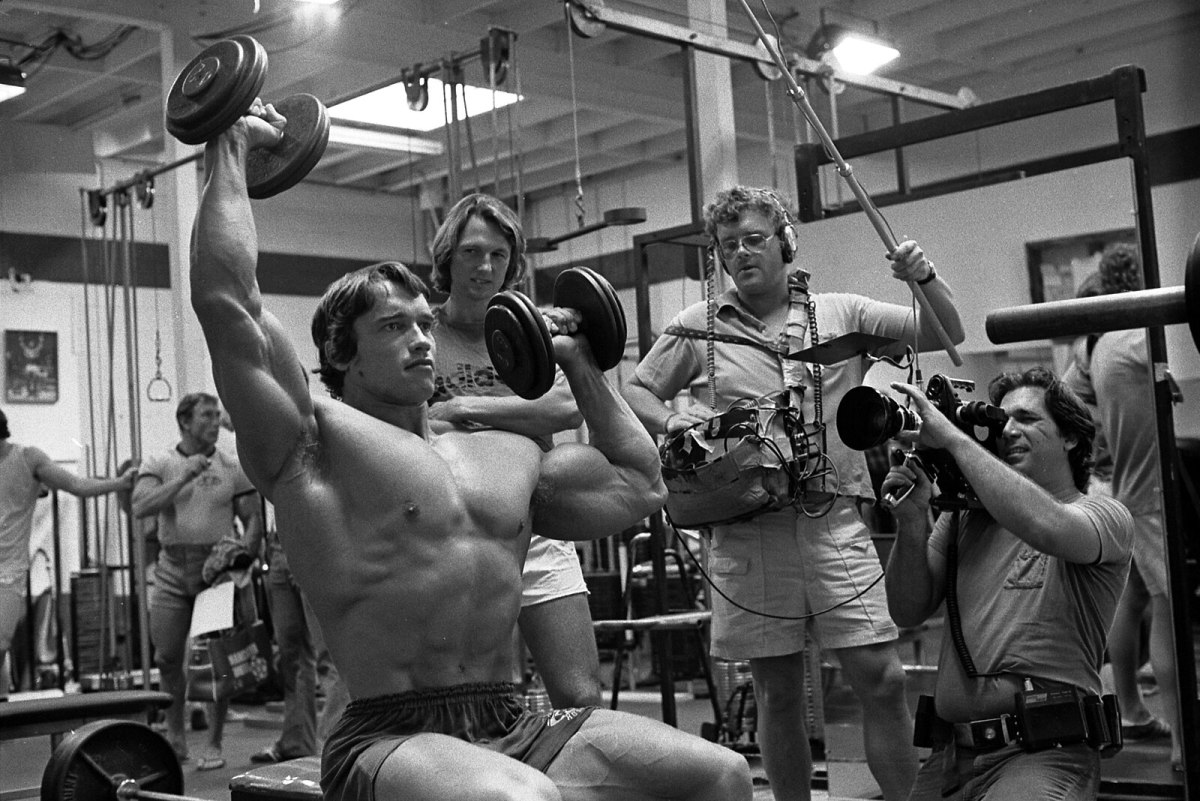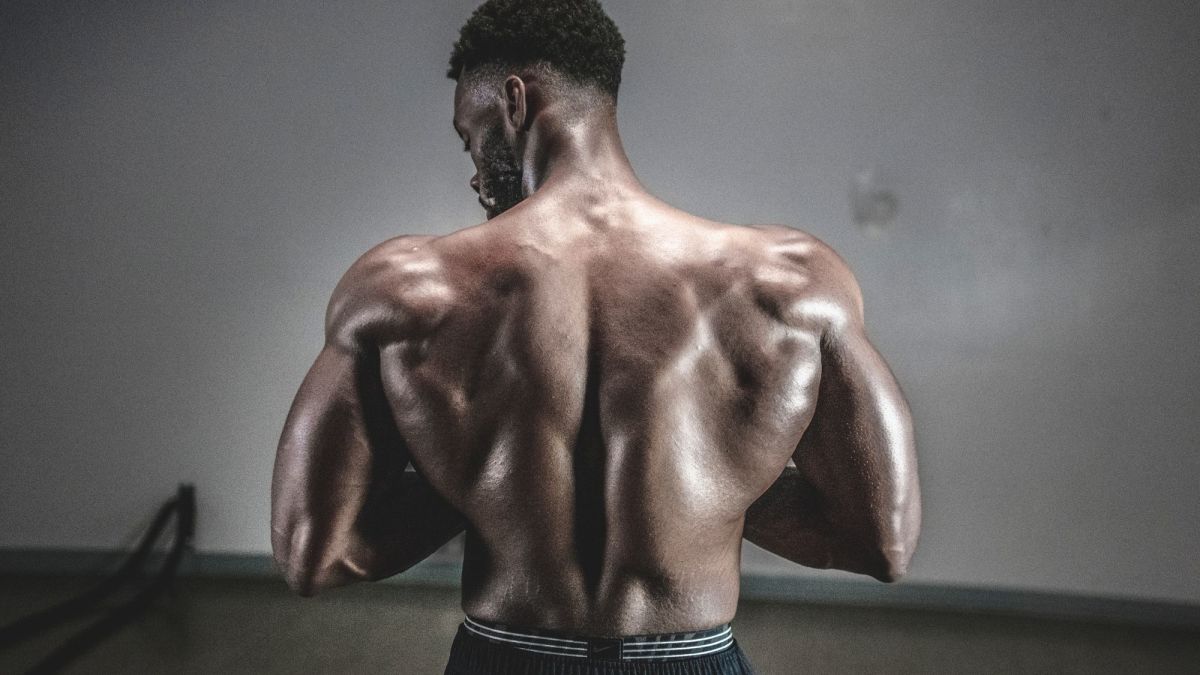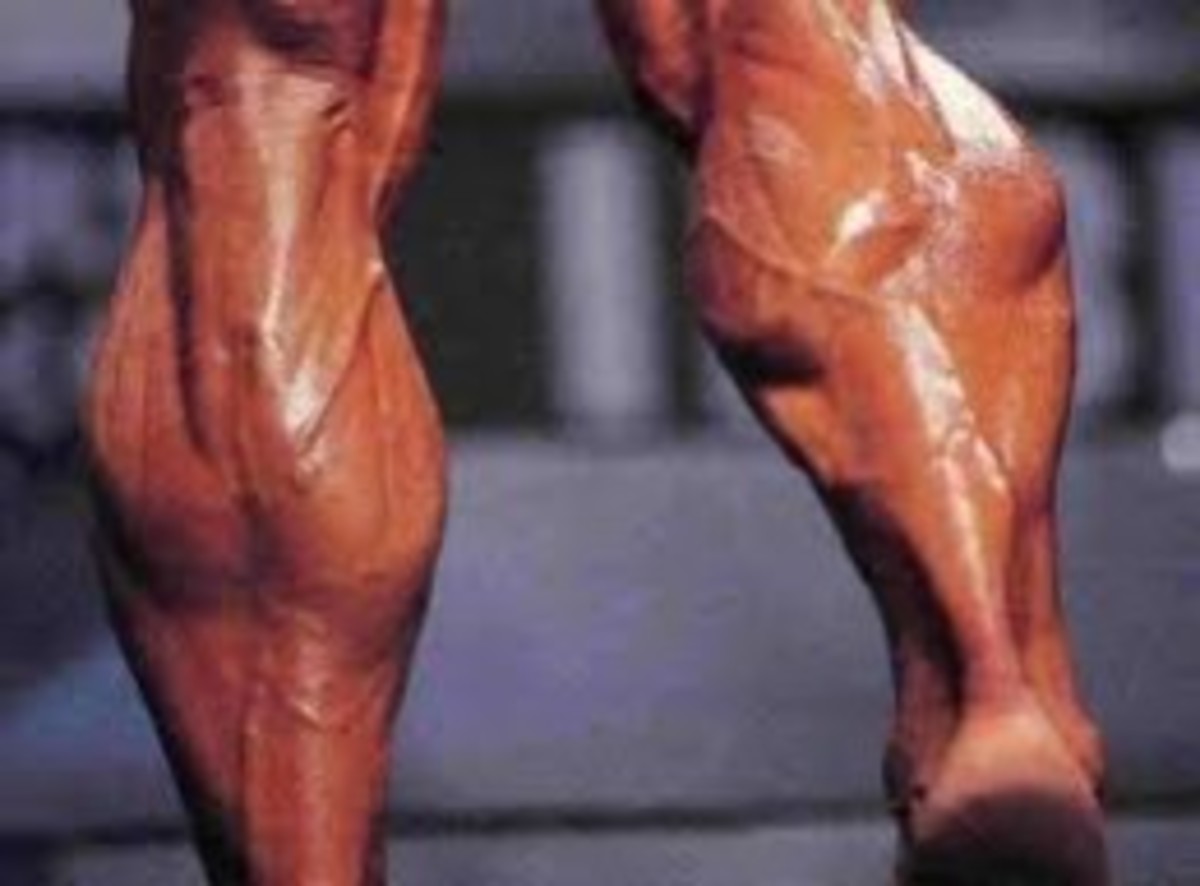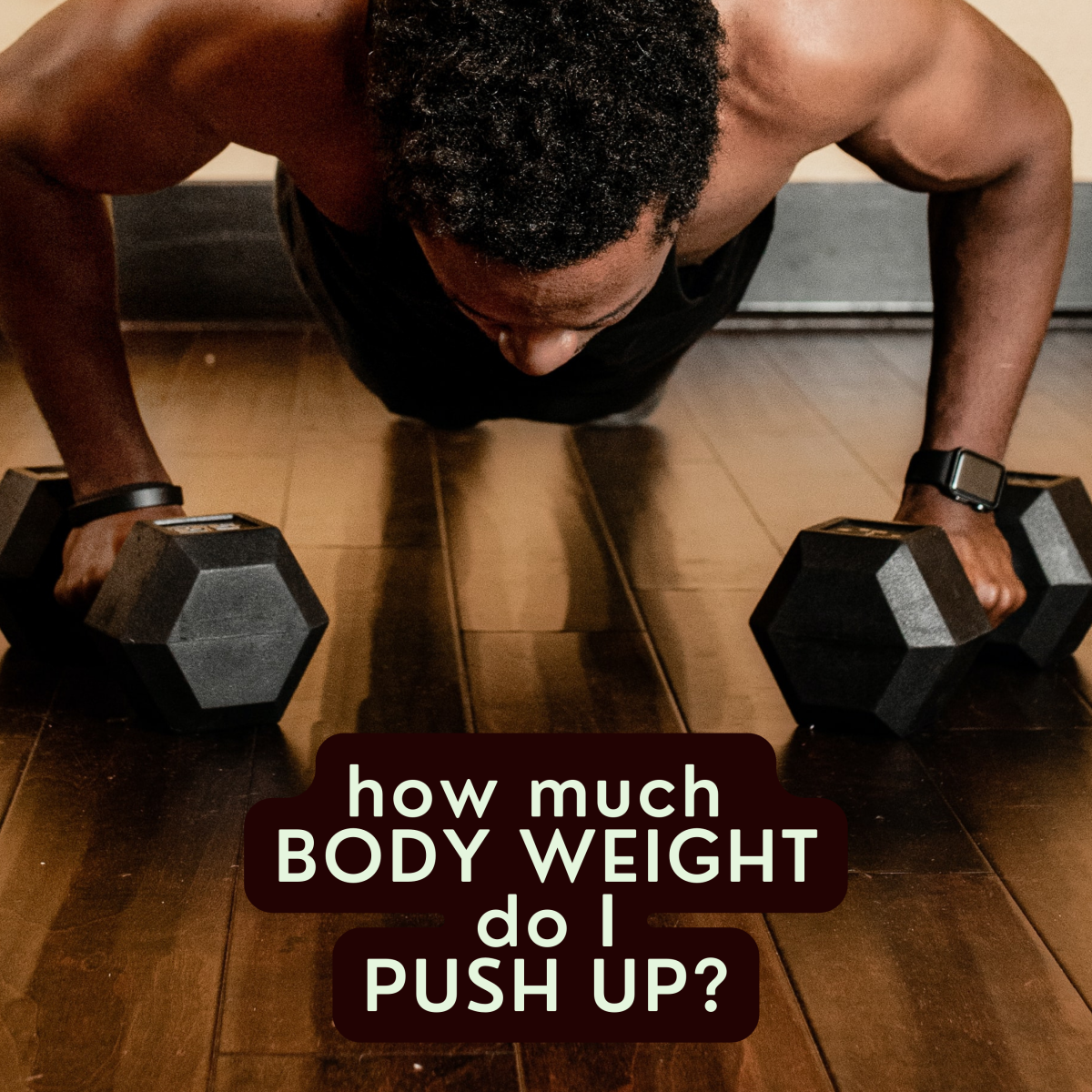Is One Set to Failure Enough To Build Muscle?
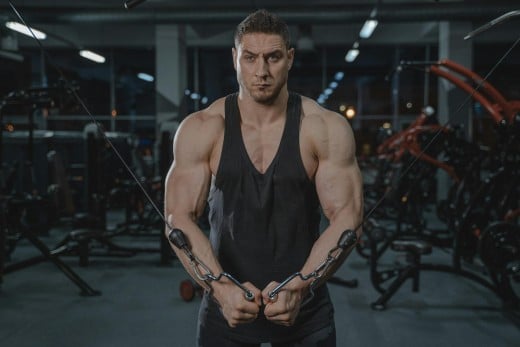
Is One Set Enough—or Do You Need More?
Most people train with relatively high volumes these days. That’s probably because most studies suggest that higher volumes yield better results, particularly if hypertrophy is your main goal. However, some people will tell you quite categorically that one set is all you need, provided you push it to failure.
But are they right? Is one set to failure enough to build muscle optimally, or is it essential to do more if you want to get the best results?
Well, the short answer is that most people will do better with multiple sets, usually 3–5 per exercise. However, that may not be the case for everyone, and some people will find that one or two sets will work just as well—or even better.
But before we can explore this any further, we need to define what counts as a set.
What Is Meant by a Set?
When most people talk about sets, they are referring to work sets. That is the hard sets you do after your warm-ups. But others see it differently.
I remember reading an interview with Frank Zane some time ago, and he pointed out that the way Mike Mentzer (an avid proponent of one-set training) trained was not very different from how everyone else trained in the '70s.
He, himself, would usually do five sets of an exercise. But he started light and increased the weight he was using on each successive set. So, he only did one set with his heaviest weight. Therefore, you might say that his first four sets were just warm-up sets. But, as he put maximum effort into every rep of each set, he counted it as five sets.
And Mike Mentzer did pretty much the same. He only did one set with his heaviest weight, but he would do several warm-up sets first. So, because only one “working set” was done, he counted it as just one set.
However, if done properly, warm-up sets can still produce a growth stimulus once you get above a certain weight and level of effort. So, you are adding extra volume by doing your warm-up sets, and very few people would say you should just do one set without any warm-ups.
Still, doing more than one set with your heaviest weight (working sets) does produce better results for most people, most of the time. But that’s not always the case.
Who Can Benefit Most From Just One Set?
There are four groups of people for whom one working set may well be enough. These are:
1. Beginners. When you are just starting, pretty much anything you do will give you good results. So, if you just do a couple of warm-ups and then one hard set (you don’t need to go to failure, though) per exercise, that will, almost certainly, produce excellent results. Could you do better if you did a couple more sets? Perhaps, but starting with one set could make sense, as you can always add more later and see how you respond to the increase.
2. People who are very sensitive to exercise. Some people seem to build muscle just by looking at a weight. These “naturals” can make tremendous progress with just one top-weight set of each exercise, and they can push it really hard too, as they recover very well. But, again, they would probably do even better if they did a bit more—and that’s particularly the case as they become more advanced.
3. People with poor recovery. These are just the opposite of the above group. They can’t take much exercise, and if they do try to do more sets, it doesn’t really work. Often, they end up smaller and weaker. One set is ideal for these people, and, again, they probably should not push it quite to failure, as this could also be too much for them to recover from. These people are often skinny-fat, highly stressed, don’t sleep too well, and have a smallish bone structure.
4. Older people. When you get older, you can’t take as much volume because you don’t recover as well as you did when you were younger. So, it’s better to reduce it a bit. And, at some point, you may find one (or maybe two) sets are all you need.
The bottom line is that most people don’t need as much volume as perhaps they think they do. Many people who are more resistant to exercise will start to improve when they do more volume, it’s true. But, for some, it’s just the opposite. Also, if you make the most of your warm-up sets, you’ll require fewer work sets, anyway.
It’s also not true that you always need to push to failure, even if you are only doing one set. And, while failure (and beyond) training can have its place in your routine, you need to know how to use it appropriately to get the most out of it. For instance, failure training can be very effective for isolation exercises, but you should never train to failure when doing squats or deadlifts. It just places such a massive strain on your body and is incredibly difficult to recover from. And, apart from that, it greatly increases your risk of injury.
Finally, it’s worth pointing out that, if you are short on time, doing one hard set will likely get you most of the results you can expect from your workout, anyway. And it’s certainly much better than not training at all.
Conclusion
Mike Mentzer built one of the best physiques of the 70s using the one-set-to-failure method. And, later, Dorian Yates dominated the bodybuilding world with a similar approach. However, these were both taking steroids to enhance their results, and they also had superior genetics. Still, the fact that one set can work well for most people is not in dispute. But is it optimal? Probably not — at least for the majority of people.
If you’re not making good gains with your current routine, and particularly if you have plenty of energy and don’t get stressed too easily, you should try increasing your volume, rather than decreasing it. But, if that doesn’t work (or if you are tired and/or stressed all the time), then reducing your volume to one (or possibly two) working sets may bring you the results you want. The only real way to find out is by experimenting to see what works best for you.
It’s also possible that one set will be enough for some exercises or body parts, but not for others. Again, you’ll need to experiment.
Ultimately, though, one set is far better than none. So, if lack of time has been stopping you from training, perhaps that’s no longer an excuse.
This content is accurate and true to the best of the author’s knowledge and is not meant to substitute for formal and individualized advice from a qualified professional.
© 2025 David

